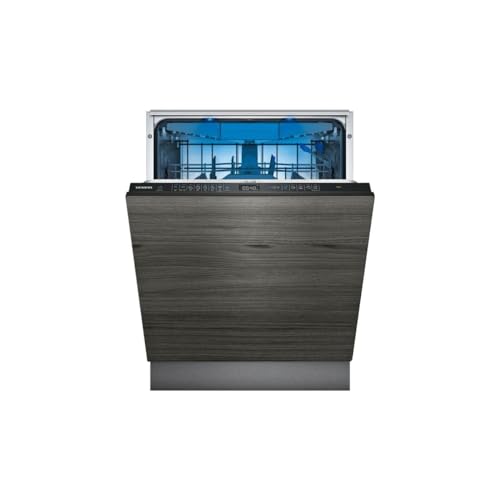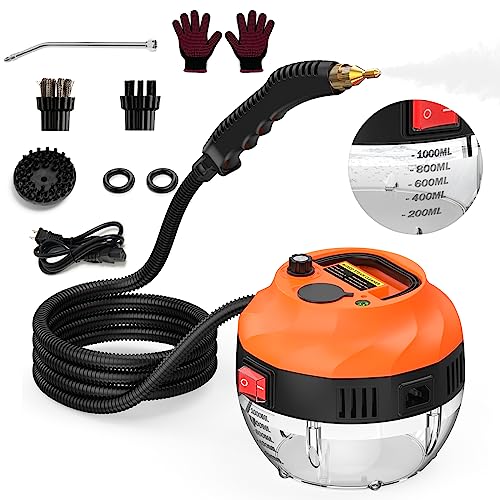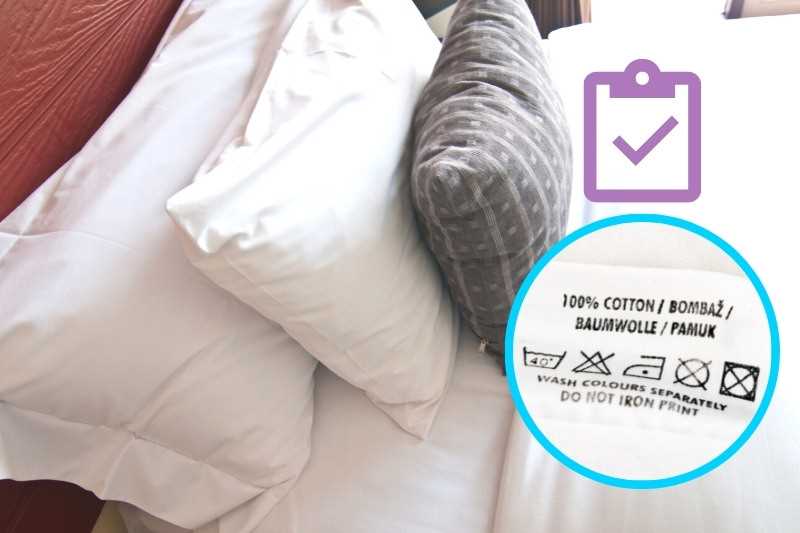
Pillows play a crucial role in ensuring a good night’s sleep. However, over time, they tend to accumulate dirt, sweat, dead skin cells, and even dust mites. Washing your pillows regularly is essential not only for maintaining their cleanliness but also for preventing allergies and ensuring their longevity.
While washing pillows may seem like a simple task, it’s important to know the right techniques to avoid making them lumpy. The last thing you want is a lumpy pillow that no longer provides the comfort and support you need for a restful sleep. In this ultimate guide, we will explore the best methods to wash your pillows effectively without compromising their fluffiness and shape.
Before diving into the washing process, it’s critical to understand the type of pillows you have. Different materials such as down, feather, synthetic, or memory foam pillows require specific care instructions. Reading the manufacturer’s label or researching online will give you valuable insights into the proper washing techniques for your particular type of pillow.
To begin the washing process, remove the pillowcase and any other protective covers. This step is crucial as it allows you to inspect the pillow for any stains or damage. Pre-treating any stains with a gentle stain remover is recommended. Once you’ve pre-treated any stains, you can proceed to the washing machine.
Why It’s Important to Wash Pillows
Pillows are an essential part of our daily lives, providing us with comfort and support while we sleep. However, over time, pillows can accumulate dirt, sweat, allergens, and even bacteria, which can affect our health and sleep quality. That’s why it’s important to regularly wash your pillows to keep them clean and hygienic.
1. Removing Dirt and Stains
Throughout the night, our pillows collect dirt, dust, and body oils, which can lead to discoloration and stains. Washing your pillows regularly helps to remove these unwanted particles and keep them looking fresh and clean.
2. Reducing Allergens
Allergens such as dust mites, pollen, and pet dander can accumulate in pillows, causing irritation and allergies. Washing your pillows regularly on a hot water cycle can help to kill these allergens and reduce the risk of potential allergic reactions.
3. Improving Sleep Quality
A clean and fresh pillow can contribute to a good night’s sleep. By washing your pillows, you can remove any odors and ensure a hygienic surface to rest your head on, improving both comfort and sleep quality.
4. Extending Pillow Lifespan
Regularly washing your pillows can help extend their lifespan. By removing dirt, oils, and sweat, you can prevent the accumulation of these substances, which can break down the pillow’s fibers over time.
5. Promoting Overall Hygiene
Washing your pillows is an essential part of maintaining overall hygiene in your bedroom. Since we spend a significant portion of our lives sleeping, having clean and fresh pillows can contribute to a healthier sleeping environment.
Ultimately, washing your pillows not only helps to keep them clean and fresh, but it also promotes better sleep, reduces allergens, and maintains overall hygiene. By incorporating regular pillow washing into your cleaning routine, you can ensure a comfortable and healthy sleep environment.
The Benefits of Regular Pillow Washing
Regular pillow washing offers numerous benefits for both the longevity and cleanliness of your pillows. By incorporating a regular washing routine into your cleaning regimen, you can enjoy the following advantages:
- Removal of Dust Mites and Allergens: Pillows can accumulate dust mites, bacteria, and allergens over time. Washing your pillows regularly helps to eliminate these unwanted guests, promoting a healthier sleeping environment and reducing potential allergy symptoms.
- Improved Sleep Quality: Clean and fresh-smelling pillows can enhance your sleep quality. Washing your pillows removes body oils, sweat, and lingering odors, ensuring a more comfortable and relaxing sleep experience.
- Preservation of Pillow Shape and Fluffiness: Over time, pillows can become lumpy and lose their shape due to the accumulation of dirt and oils. Regular washing helps to maintain the integrity of the pillow’s filling, keeping it plump and supportive for a longer period.
- Reduced Acne Breakouts: Pillowcases can collect dirt, oils, and bacteria from your face, which can lead to acne breakouts. By washing your pillows regularly, you can minimize the chances of transferring these impurities onto your skin, reducing the likelihood of acne flare-ups.
- Elimination of Unpleasant Odors: Pillow odors can be unpleasant and affect the overall freshness of your bedroom. Washing your pillows helps to eliminate these odors, allowing you to enjoy a cleaner and more inviting sleeping environment.
By incorporating regular pillow washing into your cleaning routine, you can extend the lifespan of your pillows, promote better sleep, and create a cleaner and healthier sleeping environment for yourself and your loved ones.
Preparation for Washing Pillows
Before you start washing your pillows, it is important to take some preparatory steps to ensure the best possible outcome. By following these guidelines, you can effectively clean your pillows without making them lumpy:
Check the Care Label
Begin by checking the care label on your pillows. Some pillows may be machine washable, while others may require a different cleaning method. It’s crucial to follow the manufacturer’s instructions to avoid damaging the pillows.
Remove Pillowcases and Protectors

If your pillows have a removable pillowcase or protector, take them off and wash them separately according to their specific care instructions. This will help to remove any dirt or debris that may have accumulated on the surface.
Inspect for Stains and Damage
Before washing your pillows, thoroughly inspect them for any stains or damage. Treat any visible stains with a pre-wash stain remover or a mixture of water and mild detergent. Gently scrub the stained area using a clean cloth or sponge.
Fluff and Shake Pillows
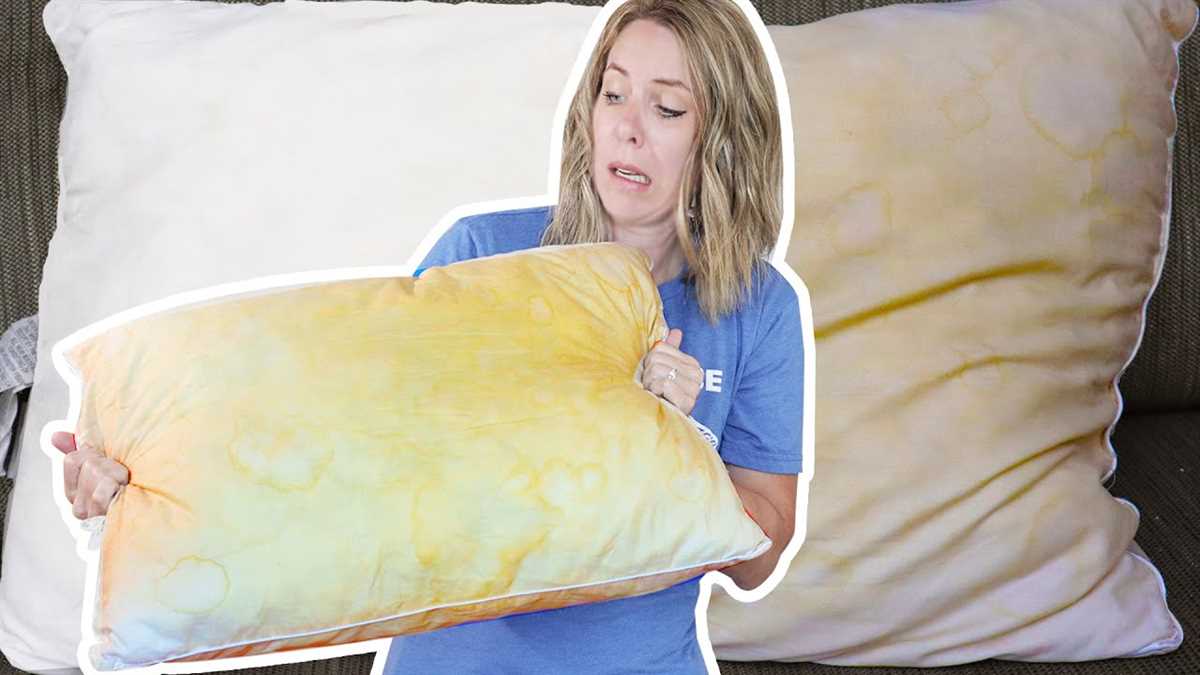
To ensure an even wash, fluff and shake your pillows to loosen any clumps or lumps. This will help the cleaning solution penetrate the pillow fibers more effectively.
Choose the Right Washing Machine

When it comes to washing pillows, using the right washing machine is essential. If you have a top-loading machine, it can accommodate multiple pillows at once. However, if you have a front-loading machine, it’s best to wash one pillow at a time to prevent overloading and ensure a thorough clean.
Use the Appropriate Cleaning Agent
Select a gentle laundry detergent that is suitable for delicate fabrics or pillows. Avoid using harsh chemicals or bleach, as they can damage the pillow fibers and affect their fluffiness.
Set the Right Water Temperature
When washing your pillows, set the water temperature according to the care label instructions. In general, warm water is recommended, as it helps to remove dirt and allergens effectively without damaging the pillow material.
Adjust the Washing Machine Settings
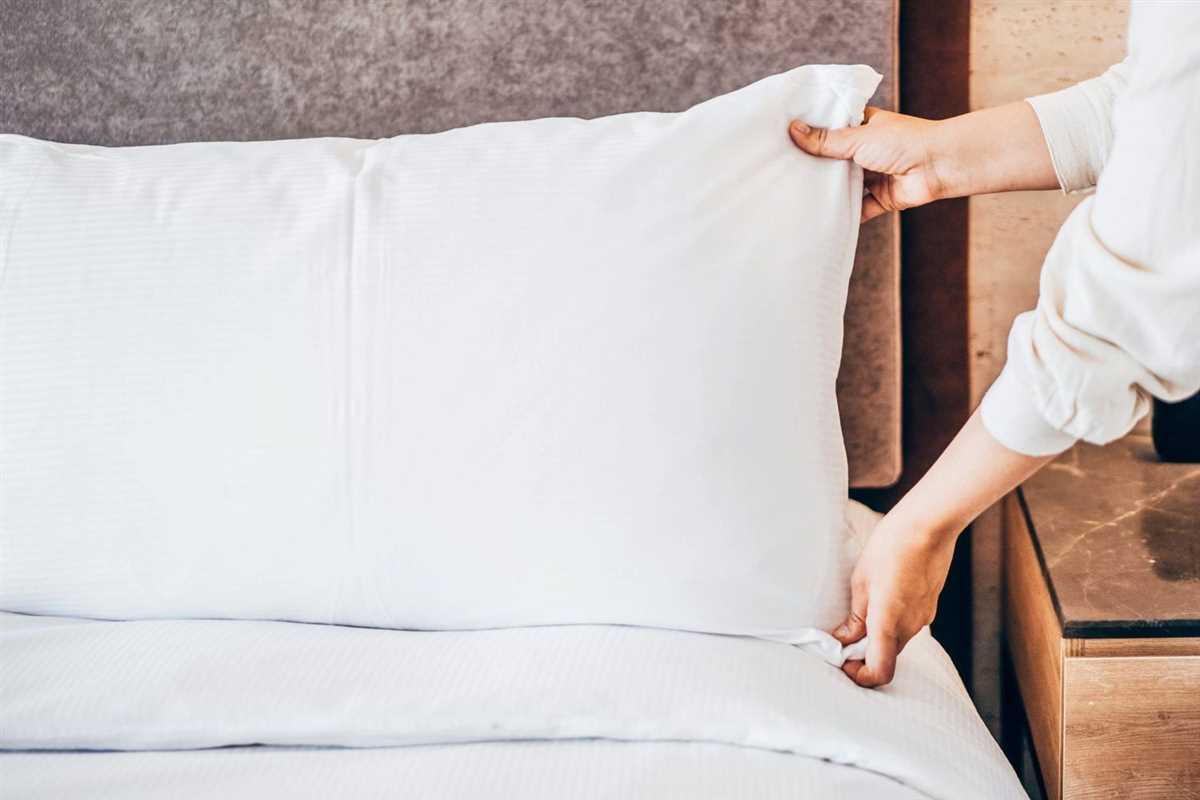
Before starting the wash cycle, adjust the settings on your washing machine. Choose a gentle or delicate cycle to minimize stress on the pillow fibers. Additionally, opt for an extra rinse cycle to ensure all detergent residues are thoroughly removed.
Consider Adding Tennis Balls or Dryer Balls
If you plan to use a dryer to dry your pillows, consider adding tennis balls or dryer balls. These will help to fluff the pillows during the drying process, preventing them from becoming lumpy.
Allow Sufficient Drying Time
After washing your pillows, ensure they are completely dry before using them again. Set the dryer to a low heat setting and periodically check the pillows for dryness. Avoid using high heat, as it can damage the pillow fibers.
By following these important preparations and washing guidelines, you can effectively clean your pillows without making them lumpy. This will not only improve their appearance but also help maintain their comfort and longevity.
Gather the Necessary Materials
Before you start washing your pillows, you will need to gather the necessary materials. Having the right supplies on hand will ensure that the process goes smoothly. Here is a list of things you will need:
- Mild laundry detergent
- Bleach (optional, for white pillows only)
- Washing machine
- Dryer
- Tennis balls or dryer balls
- White vinegar (optional, for odor removal)
- Lint roller
- Pillow protectors (optional, for future maintenance)
Make sure you have all of these items before you begin the pillow washing process. This way, you won’t have to interrupt your progress to go purchase something you forgot.
Washing Pillows by Hand
If you prefer to wash your pillows by hand rather than using a washing machine, here is a step-by-step guide on how to do it effectively:
Step 1: Check the Care Label
Before starting the handwashing process, check the care label on your pillows. Some pillows may have specific instructions or restrictions for washing by hand.
Step 2: Remove Pillowcases and Covers

Take off any pillowcases or covers from the pillows. These should be washed separately according to their care instructions.
Step 3: Fill a Sink or Basin
Fill a sink or basin with warm water. Make sure the water level is sufficient to fully submerge the pillows.
Step 4: Add Mild Detergent

Add a small amount of mild liquid detergent to the water. Avoid using bleach or harsh chemicals as they can damage the pillows.
Step 5: Gently Agitate the Pillows
Place the pillows in the water and gently agitate them by squeezing and pressing. This will help the detergent penetrate the fabric and remove any dirt or stains.
Step 6: Rinse Thoroughly
Drain the soapy water and refill the sink or basin with clean water. Rinse the pillows thoroughly by squeezing and pressing them to remove any soap residue.
Step 7: Remove Excess Water
Gently press the pillows to remove excess water. Avoid wringing or twisting the pillows as this can cause damage and make them lumpy.
Step 8: Air-dry the Pillows
Place the pillows in a well-ventilated area or outside in the sun to air dry. Make sure to fluff them periodically during the drying process to prevent clumping.
Step 9: Patience is Key
Allow the pillows to dry completely before using them again. This may take several hours or even a day depending on the humidity level in your area.
Following these steps will help you wash your pillows by hand effectively and keep them clean and fresh for a good night’s sleep.
Step-by-Step Guide on Hand Washing Pillows
Hand washing pillows is an effective way to keep them clean and fresh. Follow these simple steps to ensure your pillows are washed without becoming lumpy.
Materials Needed:
- Bathtub or large sink
- Mild detergent
- Warm water
- Towels
Step 1: Read the Care Label
Before you begin washing your pillows, check the care label to ensure they are suitable for hand washing. Some pillows may require dry cleaning or machine washing.
Step 2: Remove Pillowcases and Shams
Take off all pillowcases, shams, and covers from the pillows.
Step 3: Fill the Tub or Sink
Fill a bathtub or large sink with warm water. The water should be enough to fully submerge your pillows.
Step 4: Add Detergent
Add a mild detergent to the water. Be sure to use a detergent that is suitable for delicate fabrics.
Step 5: Submerge the Pillows

Place the pillows into the soapy water and press them down to ensure they are fully submerged. Allow the pillows to soak for about 15 minutes.
Step 6: Gently Agitate
Using your hands, gently squeeze and press the pillows in the water to agitate and loosen dirt and debris. Avoid twisting or wringing the pillows, as this can cause them to become lumpy.
Step 7: Rinse Thoroughly
Drain the soapy water and refill the tub or sink with clean, warm water. Submerge the pillows and gently squeeze out any remaining soap. Repeat this step until the water runs clear and all soap has been removed.
Step 8: Remove Excess Water
Press down on the pillows to remove excess water. Avoid twisting or wringing them, as this can affect their shape.
Step 9: Dry the Pillows

Lay the pillows flat on a clean towel and gently roll up the towel to soak up any remaining moisture. Unroll the towel and transfer the pillows to a dry area or place them outside in a sunny spot to air dry. Ensure the pillows are fully dry before using them again.
Step 10: Fluff the Pillows
Once the pillows are completely dry, fluff them to restore their shape. Give them a few good shakes and knead them gently with your hands to redistribute the filling evenly.
Following this step-by-step guide will help you effectively hand wash your pillows without making them lumpy. Enjoy your clean and fresh pillows!
Washing Pillows in a Washing Machine
If your pillows are machine washable, follow these steps to clean them effectively:
Step 1: Check the care label
Before washing your pillows, always check the care label for any specific instructions or restrictions. Some pillows may not be suitable for machine washing, and you will need to follow alternative cleaning methods.
Step 2: Prepare the pillows
- Remove the pillowcases and any pillow protectors.
- Gently squeeze or press the pillows to expel excess air and fluff them up.
- Inspect the pillows for any tears or holes. Repair if needed.
Step 3: Select the appropriate wash cycle
Set your washing machine to a gentle or delicate cycle that uses cold or warm water. Avoid using hot water as it can cause the pillows to clump or damage the fillings.
Step 4: Add detergent
Measure the appropriate amount of mild liquid detergent for your machine load size. Avoid using bleach or harsh detergents as they can damage the pillows.
Step 5: Load the washing machine
- Place two pillows in the washing machine to balance the load.
- If you have a front-loading machine, arrange the pillows vertically to ensure even cleaning.
- If using a top-loading machine, balance the pillows around the agitator to prevent them from getting too bunched up.
Step 6: Wash and rinse
Start the washing machine and let it complete both the washing and rinsing cycles. The gentle agitation and water will help remove dirt, oils, and allergens from your pillows.
Step 7: Remove excess water
- After the cycles are complete, gently squeeze out excess water from the pillows.
- Do not twist or wring the pillows as it can damage the fillings.
Step 8: Dry the pillows
Place the pillows in a well-ventilated area or use a dryer set on low heat. Make sure the pillows are fully dry before putting them back on your bed.
Step 9: Fluff and reshape
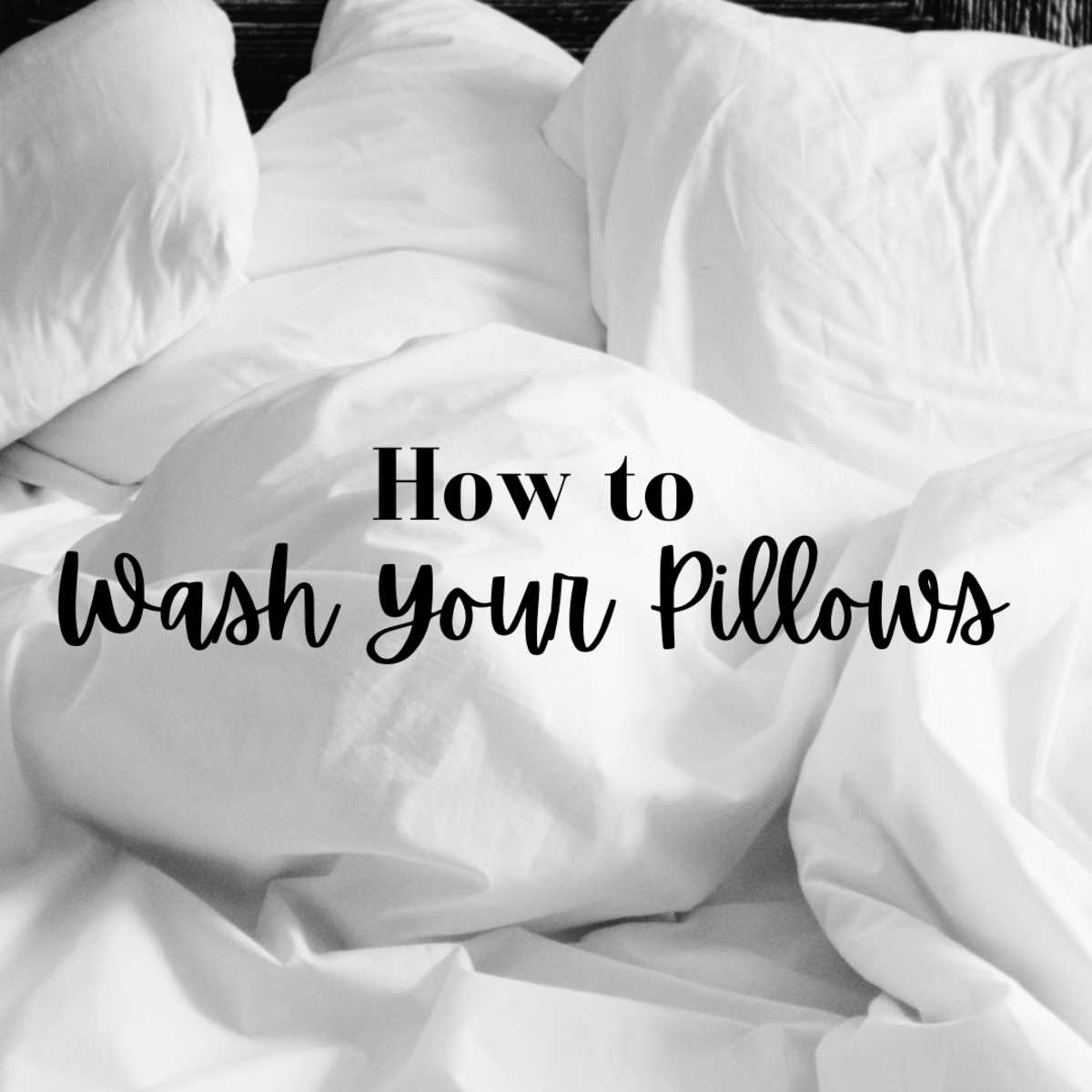
Once the pillows are completely dry, fluff and reshape them by hand. Gently knead and squeeze the pillows to redistribute the filling and restore their original shape.
Following these steps will help you wash your pillows in a washing machine without making them lumpy or damaging their fillings.
FAQ
Can I wash my pillows in the washing machine?
Yes, you can wash most pillows in the washing machine. However, it is important to check the care label on your pillow to ensure it is machine washable.
What is the best way to wash pillows without making them lumpy?
The best way to wash pillows without making them lumpy is to use a gentle cycle on your washing machine and add a couple of extra rinses to ensure all the soap is removed. You can also try placing the pillows in the dryer with a couple of tennis balls or dryer balls to help fluff them up.
Can I wash feather pillows?
Yes, you can wash feather pillows. However, it is recommended to use a front-loading washing machine and to add a couple of tennis balls or dryer balls to help prevent the feathers from clumping together.
What type of detergent should I use to wash pillows?
It is recommended to use a mild liquid detergent when washing pillows. Avoid using fabric softeners or bleach, as these can damage the pillow fibers.
How often should I wash my pillows?
It is recommended to wash your pillows every 3-6 months to keep them clean and fresh. If you have allergies or if your pillows become visibly dirty or stained, you may need to wash them more frequently.





